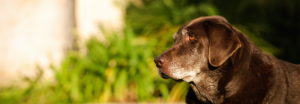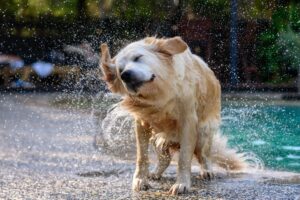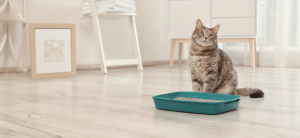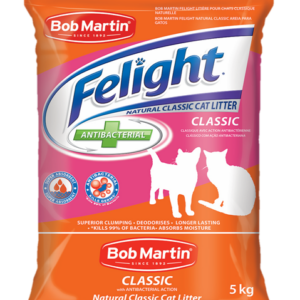Anxiety is not limited to humans – pets can also experience stressors that can be overwhelming and debilitating. The golden rule is that every pet is different, with some triggers affecting certain pets while others are unaffected. So, what causes anxiety, and what are the behavioural signs that your pet might be going through something?
What causes anxiety?
Like us, our pets’ stress results from many situations, including environmental, health or stimulus-related causes. It can also come about due to bullying, past mistreatment, separation anxiety, fear of the unknown, and moving house.
Many owners report changes in behaviour after losing another pet in the household, or noise phobias caused by hairdryers, lawnmowers, or construction work.
In cats specifically, being kept indoors, not changing the sand in a litter box, or not having a safe place to rest can result in anxiety.
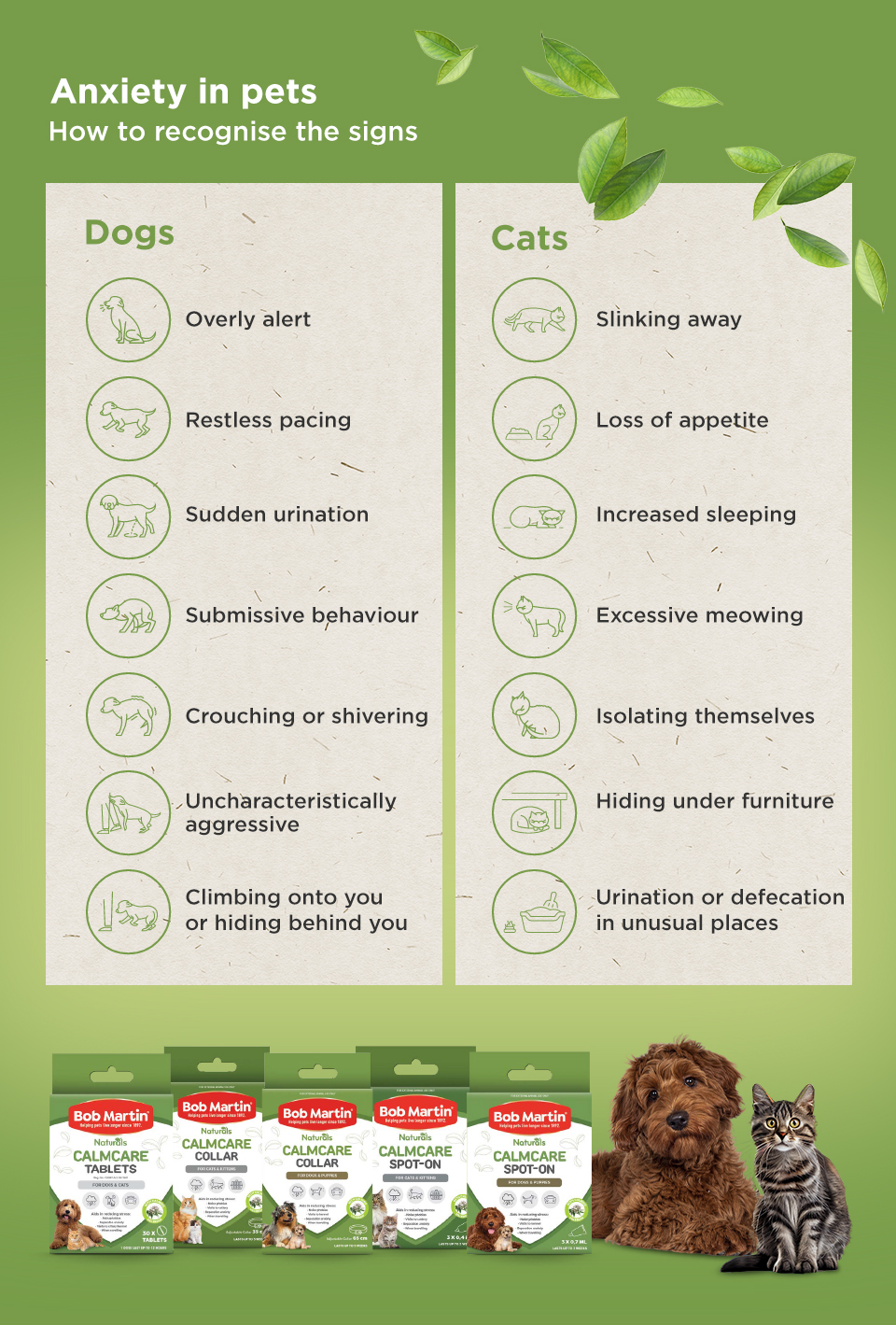
What are the behavioural signs of an anxious dog?
Pets wear their emotions on their furry sleeves. If they’re feeling anxious, their behaviour will differ from how they usually behave. They might communicate this verbally or through their body language. Be aware of any behavioural changes or changes in routine, as this is usually the first indication that your dog might be experiencing anxiety.
Being overly alert
Dogs in an alert state will stand in one place, lift their front paw, and run around before taking the same stance again. They might stare without blinking with their ears forward and erect.
Submissive behaviour
It might be a sign of stress when they crawl closer and flop onto their backs to expose their bellies. Typically, they will pull their ears flat and keep their tails close to their bodies (wagging slightly or not at all).
Anxiety
The dog will crouch low with their front body lowered and shiver or shake. Other signs are squirming, slightly dilated pupils, pulled-back ears and grimacing with their teeth showing.
Displaying
Dogs will cower with their legs slightly bent and their fronts lowered. They will constantly scan the environment and will stare without blinking. They might even growl or snap when the person or object that’s terrifying them comes too close.
Aggression
A scared dog can quickly turn aggressive and might lie on the ground or run to find a safe place to hide. Their pupils will dilate fully, and they might pant, bear their teeth, or bite.
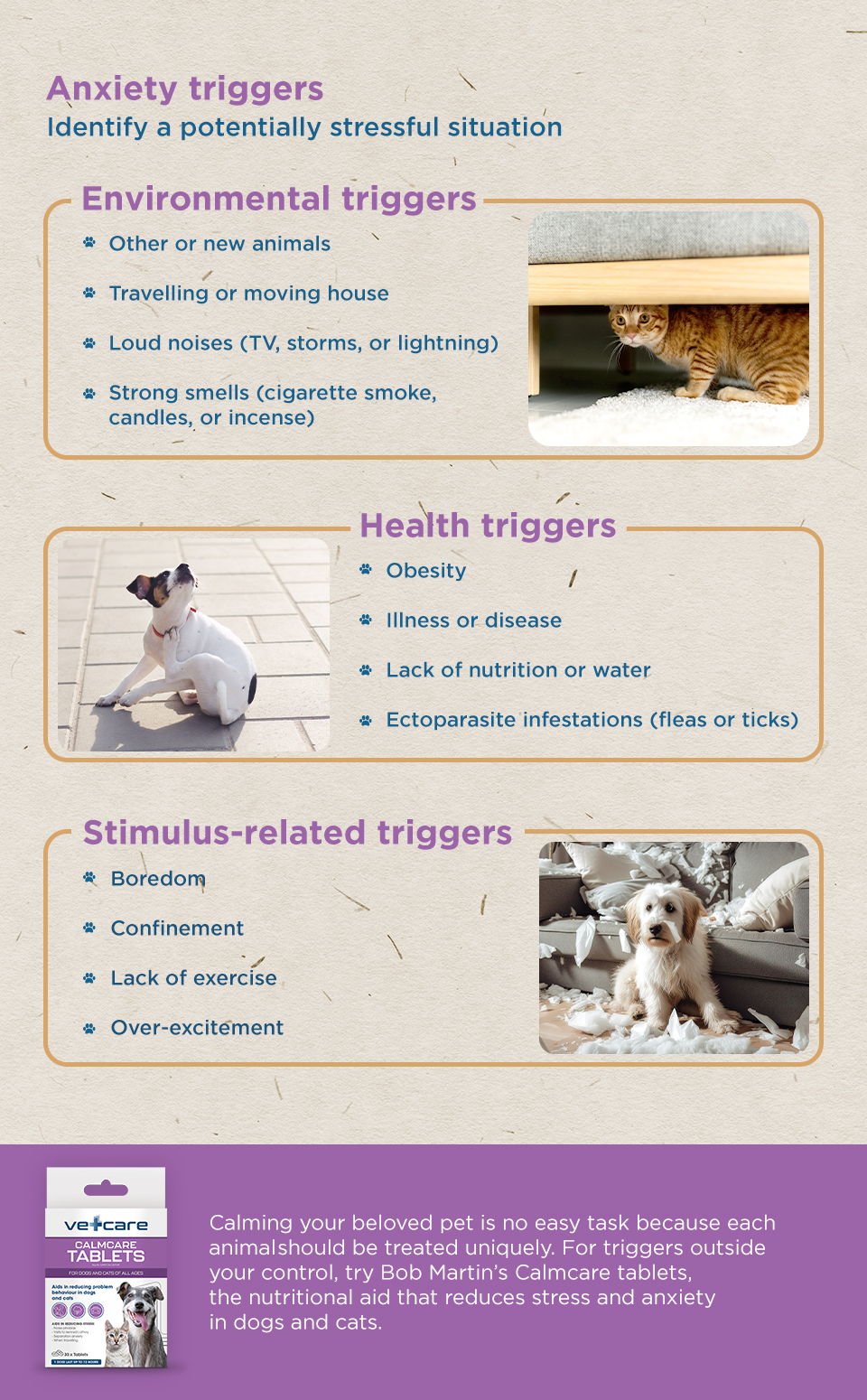
What are the behavioural signs of an anxious cat?
Cats don’t take kindly to changes in their routine and can become anxious when their environments change. The symptoms of stress and anxiety in cats are diverse and can be expressed through aggression, agitation, and destructive behaviour.
Anxiety
Unusual isolation is one of the first signs. They will lay with their legs tucked underneath their bellies or keep their legs bent while standing. The tail tip will also make slight movements, and their ears might be partially flattened.
Slinking away
When your cat senses a threat, it will try to move quickly without drawing attention to itself. They will keep their bodies close to the floor with their front legs extended and the tail close to the body. Ears will also be perked up in a listening position.
Nervousness
Crouching in slow movements, shaking and fast breathing are signs of nervousness. The cat’s tail will be positioned close to the body, and its ears will be flattened.
Being scared
Ready to defend itself, the cat will lower the back of its body while lying on its side or stomach. It will extend its front legs, and their tails might twitch wildly. Hissing, spitting, and growling are common signs.
Reacting to terror
When there is danger, cats will make themselves appear bigger than they are. It will puff up, lower its chest, and raise its behind. Fast breathing, dilated pupils, spitting, hissing and extreme vocalisation will occur.
How to ease anxiety in pets
If stress and anxiety is caused by environmental factors such as thunderstorms, fireworks, moving house, loud music or construction, it’s important to try and reduce the impact of these stressors on your pet. You can do this by:
- Removing your pet from the environment where possible.
- Placing them in a well-lit room with bedding that’s familiar to them, drawing the curtains to dampen any noise, and playing soft background music.
- Using calming agents such as Bob Martin Naturals Calmcare or Vetcare Calmcare. These come in tasty tablets, easy-to-apply spot treatments, and collars.
Bob Martin’s calming products can be used long-term for pets that show signs of chronic stress and anxiety or behavioural problems, such as separation distress. The products are safe to use in young pets for weaning, as well as older pets.
Identify the changes in your pet’s behaviour and lock down their triggers to help them live longer, happier lives.

